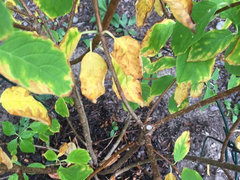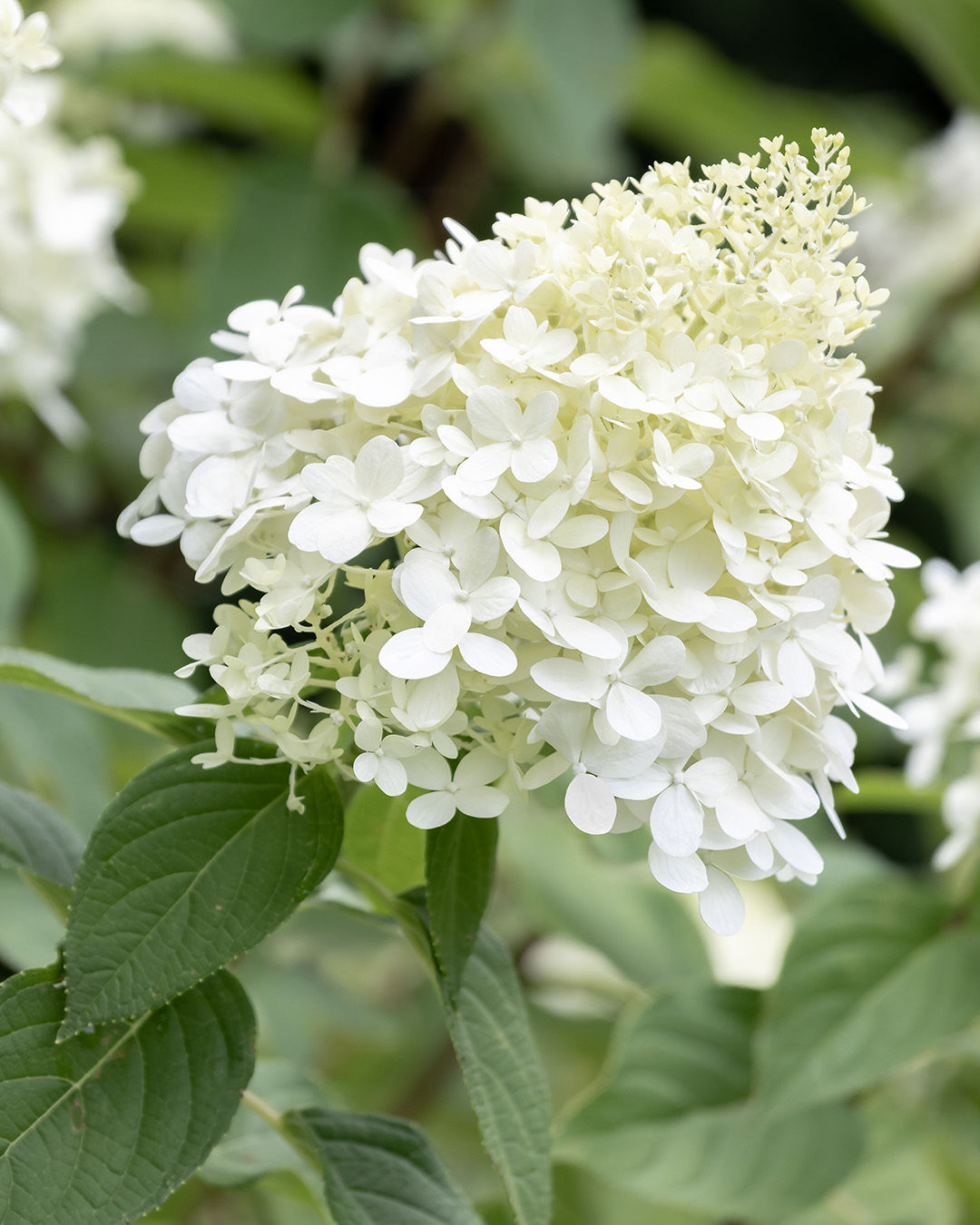Hydrangea Leaves Turning Yellow Fundamentals Explained
Hydrangea Leaves Turning Yellow Fundamentals Explained
Blog Article
The Of Hydrangea Leaves Turning Yellow
Table of ContentsWhat Does Hydrangea Leaves Turning Yellow Mean?The Of Hydrangea Leaves Turning YellowIndicators on Hydrangea Leaves Turning Yellow You Should KnowRumored Buzz on Hydrangea Leaves Turning Yellow
Hydrangea plants are known for their beautiful blooms, yet sometimes their fallen leaves can turn yellow. This is normally a sign that something is incorrect and the plant needs your assistance.Hydrangea leaves transforming yellow can be a cause for problem. There are a number of reasons Hydrangea leaves turn yellow, and a lot of them are simple to fix. Allow's consider one of the most usual reasons that Hydrangea leaves turn yellow and how to repair them. Hydrangea leaves typically transform yellow when the plant is overwatered.
When the origins of a plant are immersed in water for lengthy durations, they start to asphyxiate and rot. This procedure cuts off the roots' oxygen supply, causing the fallen leaves to turn yellow and eventually die. Overwatering can additionally lead to other issues such as fallen leave drop, root damage, and fungal development.
If you think your Hydrangea is overwatered, the very best solution is to allow the dirt dry completely prior to sprinkling again. It's also a good concept to examine the drain of your pot or yard bed and make certain that water is not pooling around the plant's roots. Hydrangea plants require well-drained dirt to grow.
Some Of Hydrangea Leaves Turning Yellow
Hydrangea leaves can likewise turn yellow if the plant is not getting enough water. This happens when the plant does not get enough water, and the dirt starts to dry out.

This is recognized as "fertilizer burn," It takes place when the plant's roots are revealed to as well much plant food. Other indicators of fertilizer melt include brownish or yellow leaves, wilting, and stunted development.
This will aid remove any kind of excess plant food from the roots of the plant. It's also a great idea to decrease the quantity of fertilizer you are making use of. Feeding when a month throughout the growing period ought to suffice. If you are using chemical fertilizer, it's ideal to utilize one that is thinned down and used according to the producer's guidelines.
How Hydrangea Leaves Turning Yellow can Save You Time, Stress, and Money.

If your Hydrangea is infested with parasites, treating the plant with neem or gardening oil is the finest remedy. It's likewise excellent to remove any type of damaged leaves from the plant (Hydrangea Leaves Turning Yellow).
Hydrangea leaves can additionally transform yellow if the temperature level worries the plant. The leaves of the plant will certainly transform yellow and begin to go down off.
If the temperature stresses your Hydrangea, you require to move the plant to an area where it will certainly be secured from the extreme chilly or warmth. You can likewise attempt to supply the plant with some partial shade if exposed to route sunlight. You can additionally attempt adding compost around the plant base to help manage the temperature level.
Rumored Buzz on Hydrangea Leaves Turning Yellow
The leaves can also transform yellow if the Hydrangea plant has origin rot. This is typically created by overwatering or poor drainage. When the plant's origins are submerged in water for as well long, they begin to rot. Among one of the most usual root rot symptoms is yellowing fallen leaves, as the fungus avoids the roots from taking in nutrients from the hop over to these guys dirt.
Various other indicators of origin rot consist of stunted development, wilting, and fallen leave decline. Examine the origins of your Hydrangea if it has root rot. If they website here are black or brown, then they are probably rotten. If some healthy and balanced origins are left, you can attempt to conserve the plant by replanting it in a new pot with fresh soil.
If your Hydrangea is heavily affected by root rot, beginning with a new plant is best. As Hydrangeas age, their leaves will gradually transform yellow and brown prior to dropping off the plant.
You can aid the plant by ensuring it is getting sufficient water and nutrients. One possibility is that the plant is not getting adequate water.
Report this page